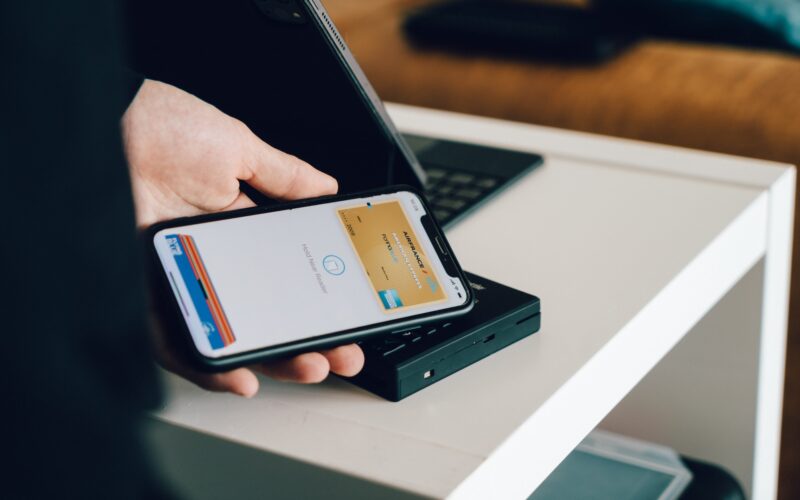This detailed guide outlines essential best practices and additional security measures to mitigate risks and enhance the overall security posture of hot wallet services. In the detailed guide to protecting a hot wallet service, it’s worth mentioning the role of automated trading bots in streamlining and securing transactions of digital currency.
Best Practices for Securing Hot Wallets
Securing hot wallets is crucial to protect your cryptocurrency assets from potential threats and attacks. By implementing the following best practices, you can significantly enhance the security of your hot wallet service:
Firstly, it is essential to choose a reliable hot wallet provider. Conduct thorough research and select a reputable provider with a track record of prioritizing security measures. Opt for wallets that have undergone rigorous testing and have positive user reviews.
Secondly, implement strong password and authentication measures. Create complex passwords that are unique to your hot wallet and avoid using easily guessable information. Enable two-factor authentication (2FA) to add an extra layer of security by requiring a second verification step, such as a code sent to your mobile device.
Thirdly, utilize multi-signature and cold storage solutions. Multi-signature wallets require multiple signatures to authorize transactions, reducing the risk of unauthorized access. Cold storage refers to keeping the majority of your cryptocurrency assets offline, away from internet-connected devices, making it more challenging for hackers to compromise them.
Regularly updating and patching your hot wallet software is another crucial practice. Wallet providers often release updates to address security vulnerabilities. Stay up to date with the latest software versions and apply patches promptly to ensure you have the most secure version of your wallet.
Furthermore, keep your private keys secure and offline. Private keys grant access to your cryptocurrency funds. Store them in offline, hardware devices known as hardware wallets or in secure offline locations. Avoid storing private keys on devices that are susceptible to malware or hacking.
By following these best practices, you can significantly reduce the risk of unauthorized access to your hot wallet service and protect your valuable cryptocurrency assets from potential threats. Remember, proactive security measures are essential in the ever-evolving landscape of cryptocurrency security.
Additional Security Measures
In addition to the best practices mentioned earlier, there are several additional security measures you can take to further enhance the protection of your hot wallet service:
Firstly, consider implementing two-factor authentication (2FA) and biometric authentication. 2FA adds an extra layer of security by requiring users to provide two different forms of identification, such as a password and a unique code sent to their mobile device. Biometric authentication, such as fingerprint or facial recognition, adds an additional level of security based on unique physical attributes.
Integrating hardware wallets into your hot wallet service is another effective measure. Hardware wallets are physical devices specifically designed to securely store private keys and perform cryptocurrency transactions. By utilizing a hardware wallet, you can keep your private keys offline, reducing the risk of unauthorized access from online threats.
Another security measure to consider is the adoption of Segregated Witness (SegWit) technology. SegWit is a protocol upgrade that improves the efficiency and security of cryptocurrency transactions. It separates transaction signatures, reducing the space they occupy in a block and enabling faster and more secure transactions.
Utilizing encrypted communication channels is also crucial. When interacting with your hot wallet service, ensure that all communications between your device and the wallet provider’s servers are encrypted using secure protocols such as HTTPS. This prevents potential eavesdropping and protects your sensitive information during transmission.
Reducing the attack surface of your hot wallet service can be achieved through techniques such as whitelisting and firewalls. Whitelisting allows you to specify which IP addresses or devices are allowed to access your hot wallet service, limiting potential entry points for attackers. Firewalls act as a barrier between your hot wallet service and external networks, monitoring and filtering network traffic to block unauthorized access attempts.
By implementing these additional security measures, you can significantly strengthen the protection of your hot wallet service. However, it’s important to remember that security is an ongoing process, and staying informed about emerging threats and evolving security practices is essential to ensure the long-term safety of your cryptocurrency assets.
Conclusion
By implementing the recommended best practices and additional security measures discussed in this guide, you can significantly fortify the security of your hot wallet service. Stay vigilant, adapt to evolving threats, and prioritize proactive security measures to ensure the safety of your valuable cryptocurrency assets.




